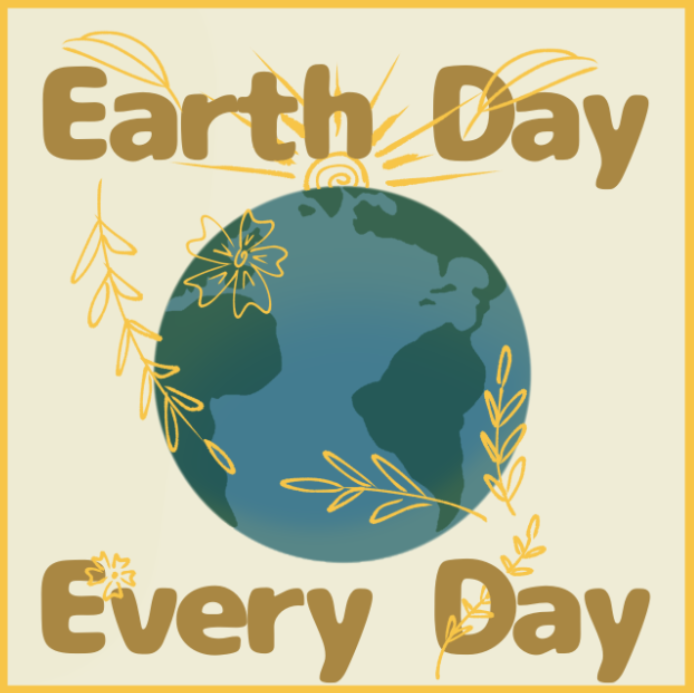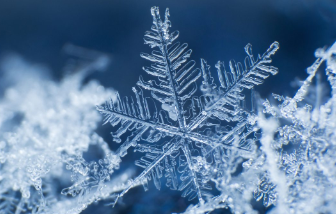Earth Day Everyday
May 3, 2023
With April Fool’s Day, Passover, Good Friday, Easter Sunday, and Easter Monday, the month of April is packed with many holidays, including Earth Day. Celebrated by over a billion people on April 22nd every year, Earth Day serves as a day dedicated to protecting the planet from pollution and deforestation.
Although Earth Day became a celebrated holiday in 1970, it really began back in the early 1960s when Americans became concerned about the effects of pollution. At this time industrial pollution was small and therefore did not raise much concern. However, factories were releasing large amounts of pollutants in both the air and water. Cars burned through gas in large quantities and recycling was rare. However as literature started to comment on the effects of pesticides and as natural disasters started to pop up due to chemical waste disposal, it raised concern about the effects of pollution. Senator Gaylord Nelson, a representative of Wisconsin in 1962 shared similar concerns and is credited for the idea of Earth Day as a large-scale environmental effort to get the effects of pollution onto the national agenda. After announcing the concept in the fall of 1969, it immediately gained support all over the nation and the first Earth Day was held as a rally with speeches and performances on April 22, 1970. Consequently the Clean Air Act, the Water Quality Improvement Act, the Endangered Species Act, the Toxic Substances Control Act and the Surface Mining Control and Reclamation Act would all be passed in the following years.
Diya Patel, a freshman, shared how she “cleans up around the neighborhood and parks,” to contribute to Earth Day. By doing so, she keeps the ground clean and provides a better environment for plants to grow in while also protecting animals from eating or getting tangled in the garbage. Not only is she helping the environment, but she is also making sure that this garbage does not pollute any water, plants, or animals in a way that could circle back to humans and lead to ingesting toxins.
The three R’s, or reducing, reusing, and recycling, are also a great way to help out. A plastic bottle takes over 450 years to break down in landfills and toilet paper tubes and cardboard both take two months to decompose. Instead of throwing these objects out to deteriorate, replace them with a better alternative, like a reusable water bottle. Another option is to reuse a plastic bag and recycle cardboard to avoid piling garbage at a rate faster than it can decompose.
Deforestation has cut down the amount of oxygen being produced while allowing carbon dioxide to accumulate. Although small, planting even a single tree helps restore that balance while also giving shelter and food to animals.
Electricity can be produced from many things but when it comes from fossil fuels it negatively impacts climate change. Cutting down usage of things that use fossil fuels helps slow down the rate of climate change. This could mean taking a bus instead of your own car to cut down on that amount of gas being used per person or turning off any lights when they are not needed. By doing so, you help reverse the effect of light pollution and with enough lights out it’s much easier to see a beautiful starry night.
Despite all the water on our planet, less than 1% can be used by humans. By turning off the faucet when you are not using it or taking shorter showers you can help conserve the water we do have.
From 1970, Earth Day has continued to grow and spread to other nations and is now celebrated with over 17,000 partners and organizations within 174 countries. Its vastness has also named it as “the largest secular civic event in the world.” However, even if it’s not Earth Day, everyone should pitch in to preserve our planet so that our tomorrow can be a little bit cleaner than yesterday.










